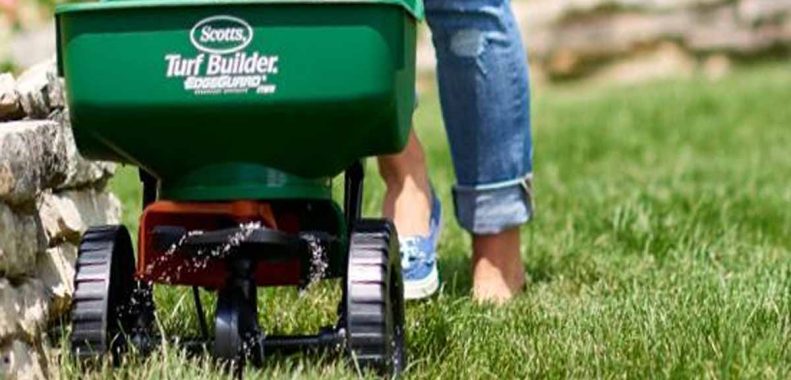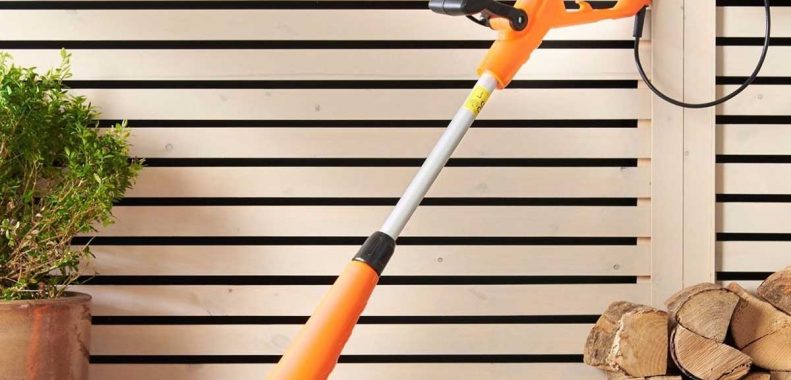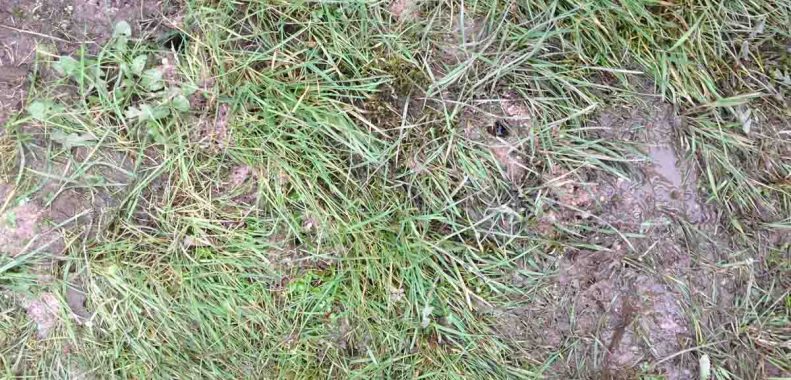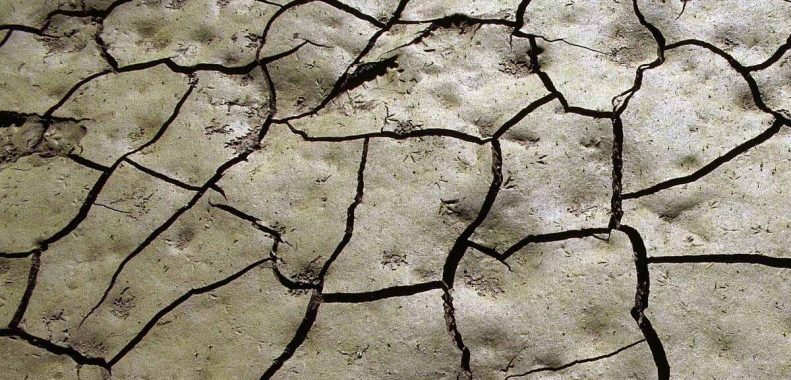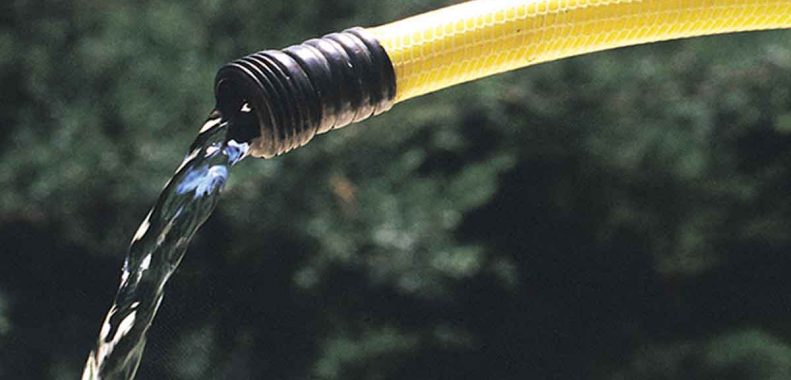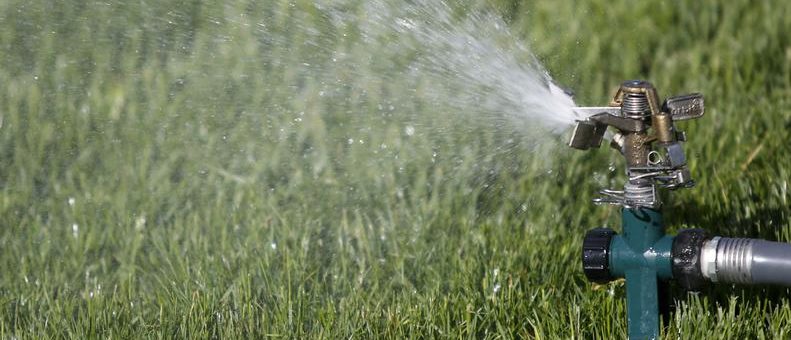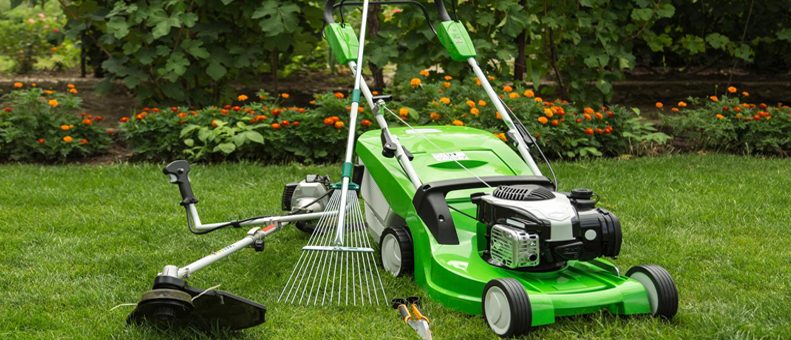Keeping your lawn green is all about giving it the three basic ingredients; sunlight, water, and nutrients. If your yard is fertile enough, you can get away with regularly irrigating and never have to worry about adding nutrients or confirming whether your soil pH is right. If your soil pH is off the ideal range
Tag: Lawn Care
Grass loves water. However, the very rain parts of the year can make lawn maintenance a problem. The extra moisture will make your lawn grow faster and it will be equally hard to trim especially if it rains for hours on a daily basis. Those few patches of sunlight can be quite enticing if you
Clay soil is a great problem for any lawn. The soil is dense, has little organic matter and is the pH is almost always terrible for your lawn. Due to its denseness, it easily gets waterlogged making it harder for roots to absorb nutrients and air. Improving your lawn’s drainage will not only get rid
Clay soil consists of tiny mineral rocks with little to no organic material. The lack of organic materials in the soil composition makes it hard for plants like grass on your lawn to thrive. Couple this with the fact that clay is highly alkaline and you get one of the worst soils to grow turf
Having adequate water for garden watering is very important. However, there are times when the pressure in the garden hose is inadequate making the work slow and inefficient. This is the moment when people start looking for how to increase water pressure in the garden hose especially if this was their first time. In this
A dry lawn is a cause for alarm for any homeowner. It betrays neglect and lack of attention to your greens. This may not be the case if your irrigation system is either faulty or rain fed. Harsh weather conditions are the usual culprits. That lack of water is the usual culprit is a no
Picturesque lawns are difficult to achieve if there is a buildup of thatch. This situation is made worse during the dry periods when your yard may even go dry as a result of this condition. What is Thatch? If there is more than ½ an inch of dead rhizomes between soil and the grass in

